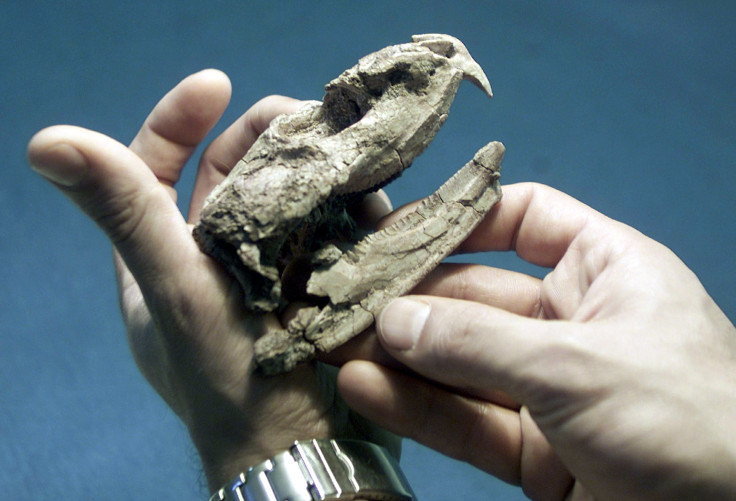Scientists find ancient lizard in Texas to provide insights into how animals will respond to climate change in future

A new species of extinct worm lizard has been discovered by researchers in Texas. It has been given the name “Lone Star” as it’s the only species from the Lone Star State. The discovery proves that Texas acted as a subtropical refuge during one of the great cooling periods, approximately 40 million years ago.
This species is the first known example of worm lizard in Texas. The species has been named Solastella cookei, which is a Latinised form of lone star. The paper describing the species was published in Journal of Vertebrate Paleontology on Feb. 18.
“With climate change, animals either adapt, or they move, or they go extinct. And so we can look at what's happened in the past and see that certain conditions caused certain things to happen in certain groups,” said Virginia Tech research scientist Michelle Stocker.
She added that best thing about this fossil record is that the experiment is already done and the scientists only have to collect evidence. Stocker is a palaeontologist who described the extinct reptile during her Ph.D. at the University of Texas at Austin's Jackson School of Geosciences, reports EurekAlert.
The worm lizard is part of a group of reptiles known as amphisbaenians. They have long bodies and have an earthworm-like appearance mainly due to their absent or reduced limbs. The group also includes extinct species and ones living today. Moreover, Solastella belonged to the subgroup Rhineuridae, which now has only one living member, the Florida worm lizard.
“You can actually get a better sense at what the climate was like from reptiles than from mammals. We were very excited that we not only found Solastella at the site, but a whole bunch of other reptiles,” said Stocker.
Reptiles are cold-blooded (ectothermic). Hence they need to maintain the body temperature to the external environment. Stocker analysed fossilised skulls that were unearthed in the Devil’s Graveyard Formation in West Texas. The Solastella lived during the Late Middle Eocene geologic period about 40 million years ago.
The Solastella’s eye sockets were fully enclosed. This feature lacks in living amphisbaenians though were present in extinct relatives. The latest discovery has been successful in bridging the gap between extinct species of western interior of the US and living worm lizards in Florida today.





